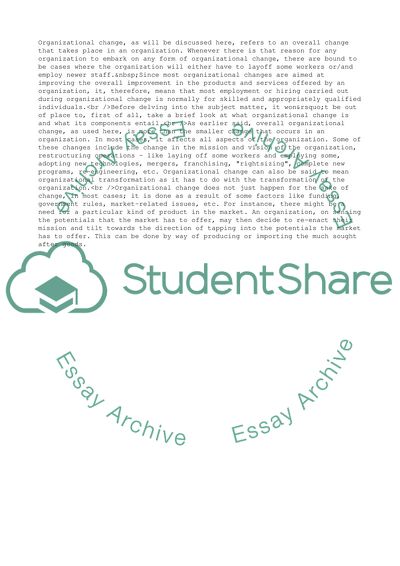Cite this document
(Managing the Workforce and Organizational Change Essay Example | Topics and Well Written Essays - 1500 words, n.d.)
Managing the Workforce and Organizational Change Essay Example | Topics and Well Written Essays - 1500 words. https://studentshare.org/management/1503158-managing-the-workforce-and-organisational-change-assignment
Managing the Workforce and Organizational Change Essay Example | Topics and Well Written Essays - 1500 words. https://studentshare.org/management/1503158-managing-the-workforce-and-organisational-change-assignment
(Managing the Workforce and Organizational Change Essay Example | Topics and Well Written Essays - 1500 Words)
Managing the Workforce and Organizational Change Essay Example | Topics and Well Written Essays - 1500 Words. https://studentshare.org/management/1503158-managing-the-workforce-and-organisational-change-assignment.
Managing the Workforce and Organizational Change Essay Example | Topics and Well Written Essays - 1500 Words. https://studentshare.org/management/1503158-managing-the-workforce-and-organisational-change-assignment.
“Managing the Workforce and Organizational Change Essay Example | Topics and Well Written Essays - 1500 Words”. https://studentshare.org/management/1503158-managing-the-workforce-and-organisational-change-assignment.


